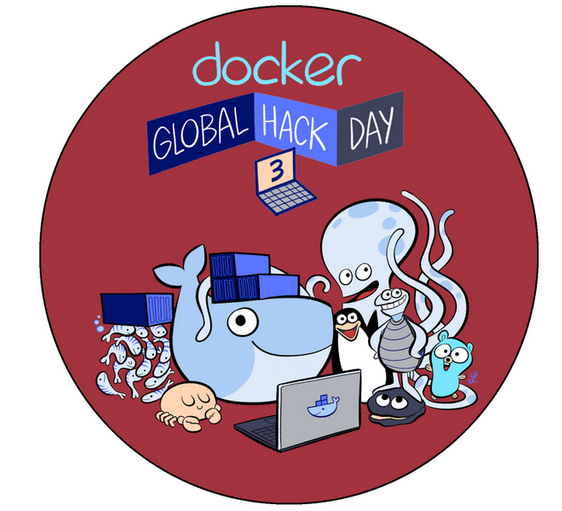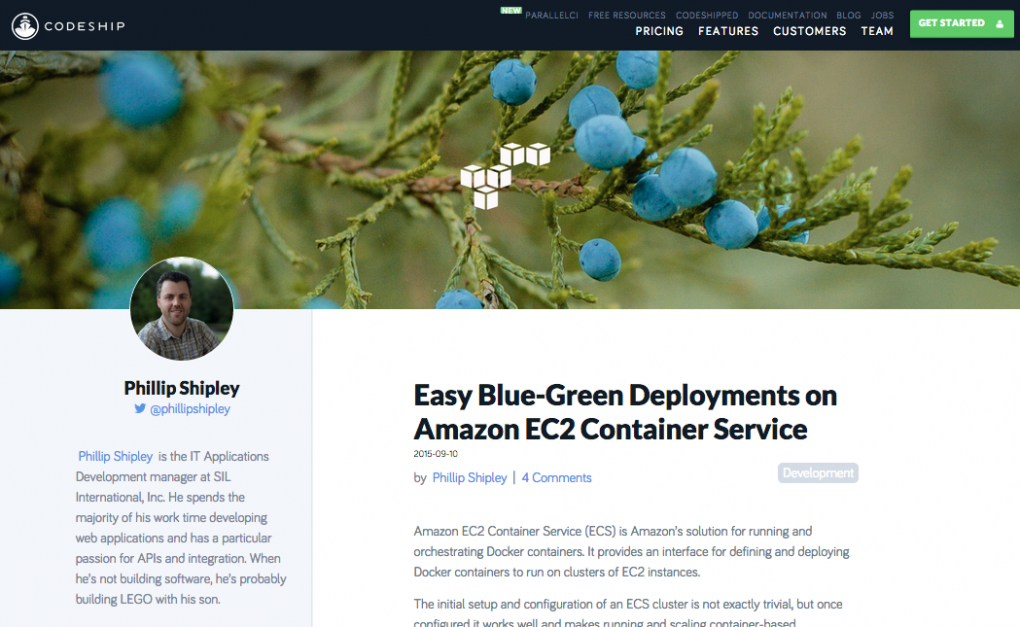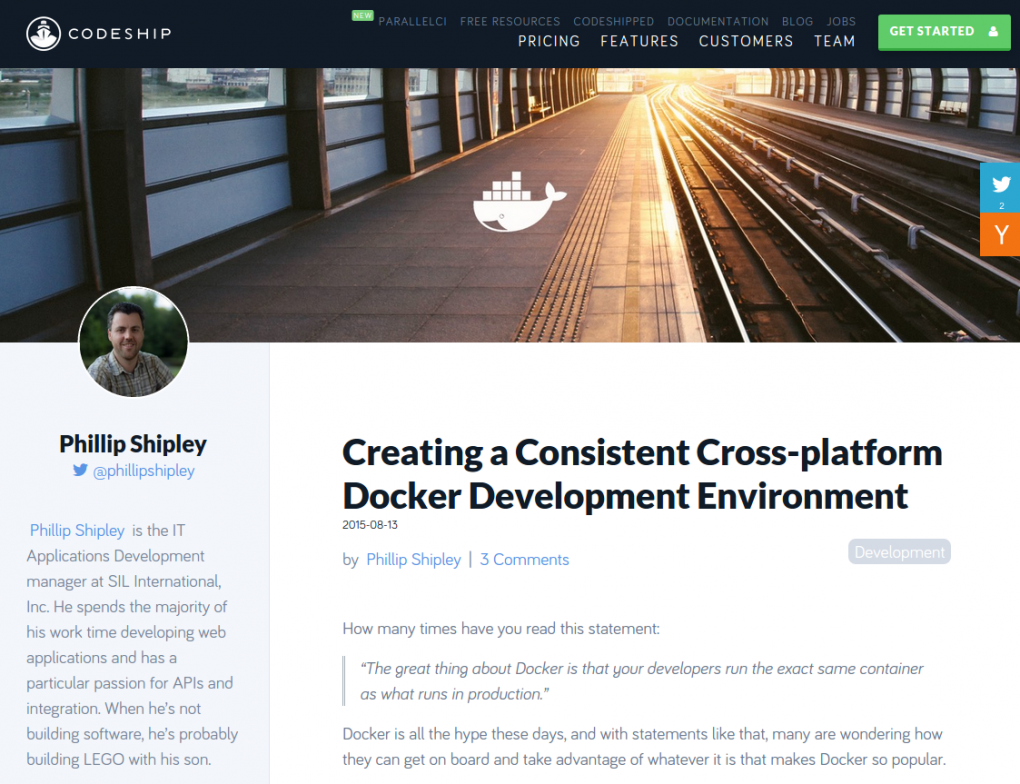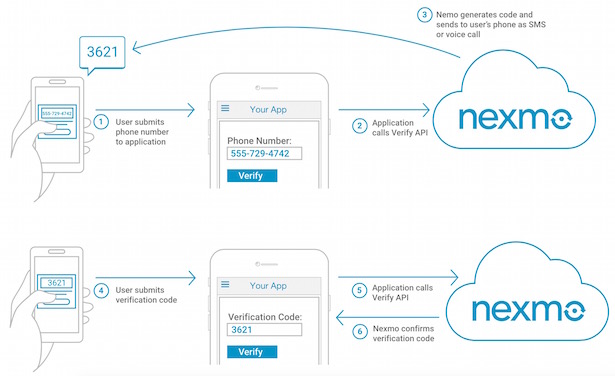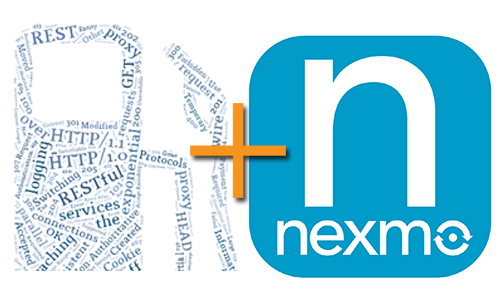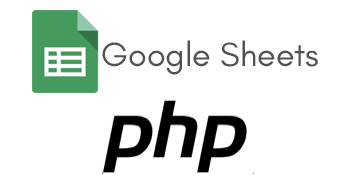
Read And Write Google Sheets From PHP
This past week I needed to be able to read some data from a Google Sheet and then update a column for each row after processing it. This sort of thing should be simple, Google is built on APIs and has client SDKs for just about every language. I’ve also integrated with several Google Admin APIs previously so I expected this to be a breeze. I was wrong.
I started out by reading the Quickstart for Sheets API with the PHP Client, but almost immediately I could tell it was not written for my use case.

